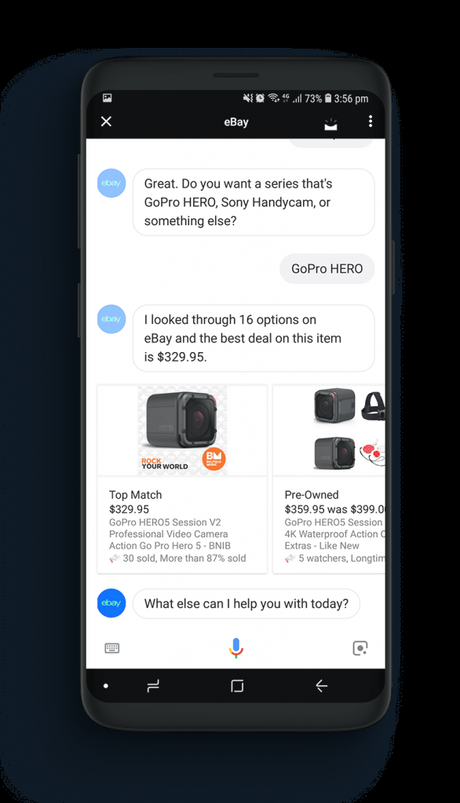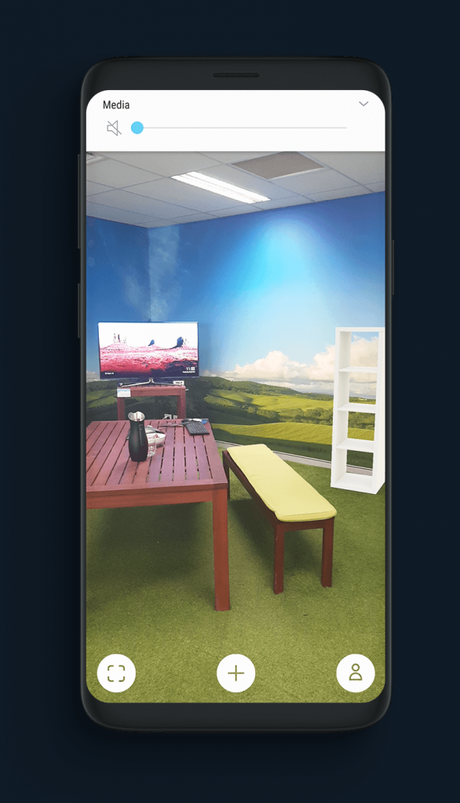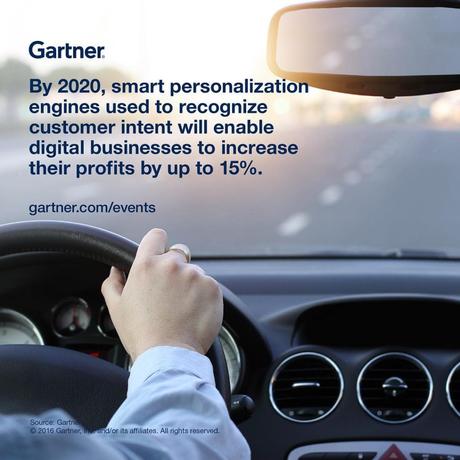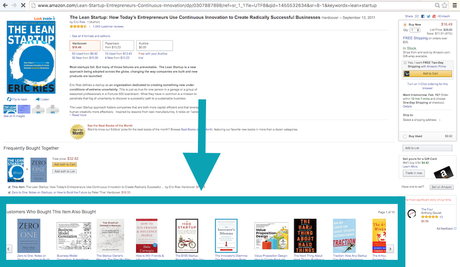eCommerce is continuously evolving at a rapid pace. The worldwide eCommerce sales is expected to grow to 4.88 trillion US dollars in 2021. 4 in 10 purchases is said to have made using only an online channel for searching and buying. There’s a huge competition, and if you want to drive sales and increase conversion rates over time, you need to stay ahead of the latest eCommerce trends. Right from the increased use of smartphones for shopping online to the use of AR and VR, eCommerce has witnessed a number of changes. You also need to know how to implement the latest trends and be aware of the innovations in this sector.
To help you in your efforts, we have put together the list of five eCommerce trends to pay attention to in 2019 and beyond. We hope these will enable you to boost sales for your eCommerce business and improve consumers’ online shopping experience.
- Voice search
Voice technology enables consumers to search and buy by talking to their devices. Amazon Echo and Google Home, for example, are used widely by people. In fact, 22% of Amazon Echo and Google Homeowners shop by voice.Voice shopping is expected to grow to a whopping $40 billion-plus in 2022. eCommerce businesses, therefore, will have to take this trend into consideration and optimize their website for voice searches.eBay has partnered with Google to enable users to talk and buy products through Google Assistant app.
Voice search is different from the normal search, requiring your content to adapt to the natural language search to answer people’s questions instead of focusing on keywords. Optimizing for voice search will mean answering what, how, where, who, etc. questions of the buyers. - AR/VR:
Augmented reality and virtual reality allow buyers to view and try products on their devices before purchasing them. Mobile AR is expected to drive $108 billion AR/VR market by 2021.AR offers real customer experience, driving more conversions for eCommerce businesses. IKEA uses AR technology to show consumers how its furniture will look like in buyers’ homes.AR offers added value to customers and an enhanced shopping experience. It can turn browsers into paying customers, allowing them to interact with your products virtually and providing a personalized experience. It creates a realistic environment for customers, helping them make better choices and select products wisely. AR, thus, makes it possible for buyers to see how items will look like in the real world, which they can’t until the product is delivered, thus removing the biggest eCommerce hurdle. Similarly, VR allows users to see the products in 3D.In 2019 the popularity of AR and VR is expected to increase further, making it important for eCommerce businesses to use this technology to connect with customers.
- Chatbots:
Chatbotsare now an integral part of customer service. They can instantly answer questions at any time whether day or night. Chatbots act and respond exactly the way we do. Consumers are unable to tell whether they are communicating with a chatbot or a human. 48% people would actually rather connect with a company via live chat than any other means of contact and 47% of customers would buy items from a chatbot.Chatbots provide what consumers need and help buyers identify what product they want, which is just like walking into a physical store. AI integrated chatbots, therefore, help eCommerce businesses in increasing conversion rates and revenues. Looking at the growing popularity of chatbots eCommerce businesses are deploying them in messaging platforms like Facebook Messenger, Skype, etc. Shopbot’s (eBay’s chatbot) conversation is shown below:

- Personalization:
Customers prefer personalization when they shop from eCommerce websites. It involves selling items that are customizable to buyers’ preferences. 45% of online shoppers are more likely to shop on a site that offers personalized recommendations.Personalization can be done on the basis of buying history of consumers, items wishlisted or added to the bag, search queries of customers, and buyers’ demographics and location.The best example of personalization is Amazon, which personally targets users and displays products that appeal to them based on their purchase history and wishlisted products. 35 percent of what consumers purchase on Amazon come from product recommendations engine.
With the integration of AI, personalization is expected to reach new heights in 2019.
- Omni-channel:
The Concept of omni-channel selling has gained importance since a few years. A store now needs to be available on various channels to deliver customers a unified experience. A shopper may start looking for your products on your eCommerce website through a laptop and end up buying from your retail outlet.With a multi-channel approach, you can notify your customers about the latest deals on your eCommerce website, mobile app, social networking sites, etc. Research says omni-channel communication has a better level of engagement, 166% higher than the single-channel. You can allow purchase on your social networking page and chat as well and stay ahead of your competitors. Messages you send across various channels should, however, be cohesive and personalized to ensure more conversions.The best example of omni-channel presence for eCommerce store is allowing customers to buy something online and pick it up in a store close to them. In 2019 too, omni-channel presence giving customers a single commerce experience will be in trend. This is because omni-channel gives more flexibility to customers to interact with a brand and offer them a superior experience. - Mobile commerce:
Mobile commerce is in trend and is expected to be in demand in 2019 too owing to the increased use of smartphones. Mcommerce sales are predicted to make up 44.7% of total US eCommerce sales in 2019, up from 39.6% in 2018. If eCommerce businesses want to earn revenues, they will have to optimize the mobile experience and accept mobile payments. Mobile apps allow personalization and help in pushing promotion.By offering a flawless mobile shopping experience, you will be able to make shoppers buy from you anywhere they are, thus leading to increased ROI and conversion rate.
Winding up
You need to consider the above trends to ensure the success of your online store. Increased use of social media for engaging buyers, better buyers’ interaction through chatbots, and an enhanced eCommerce experience through physical stores will be seen in the year 2019.
MintTM closely follows the latest eCommerce trends, providing robust eCommerce scripts to assist you in being a leader in your business, reach more people, and achieve your eCommerce objectives.
Contact us through [email protected] to know more about our eCommerce scripts!
